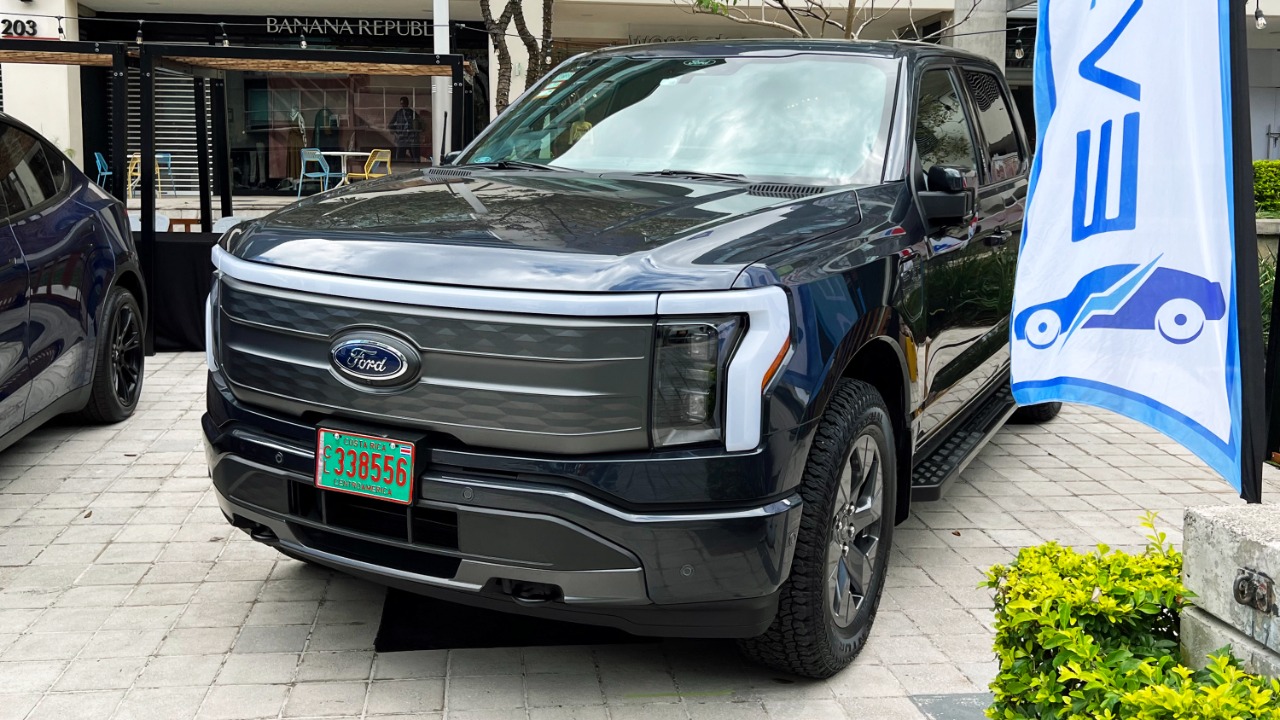
The Ford F-150 Lightning, Ford’s electric pickup truck, has been met with lukewarm sales and market reception, despite high expectations. This struggle highlights the challenges faced by the electric vehicle (EV) industry, with the F-150 Lightning’s performance serving as a stark warning to the sector. Industry observers are now keenly watching to see if these issues will have a ripple effect across competitors.
Declining Sales Figures
Since its launch in 2022, the Ford F-150 Lightning has consistently fallen short of projected sales figures. When compared to the traditional gas-powered F-150 models, the gap in market share adoption becomes even more apparent. This lackluster performance has forced Ford to adjust its production in response to the low demand, leading to an inventory buildup.
Consumer Hesitations and Barriers
Range anxiety is a significant concern among potential buyers. The F-150 Lightning’s EPA-estimated range of 230-320 miles per charge falls short of expectations for long-haul trucking. Additionally, the limited charging infrastructure in rural and highway settings deters truck owners who rely on quick refueling. Furthermore, the starting MSRP of around $50,000 has proven to be a deterrent for value-driven pickup shoppers.
Competitive Pressures in the EV Truck Segment
The F-150 Lightning faces stiff competition from rivals like the Rivian R1T and GMC Hummer EV, which have captured more enthusiast interest through superior off-road features. In contrast, Tesla’s Cybertruck has generated significant hype and preorder volume, overshadowing the F-150 Lightning’s slower adoption curve. GM’s Silverado EV strategy, including incentives that have outpaced Ford’s offerings in fleet sales, has also added to the competitive pressure.
Supply Chain and Manufacturing Challenges
Supply chain issues, particularly battery supply constraints, have affected Ford’s production ramps at the Rouge Electric Vehicle Center in Michigan. Labor and cost issues in scaling EV-specific components have led to delayed deliveries. In response, Ford has recently introduced price cuts and incentives to boost accessibility amid these challenges.
Implications for the Broader EV Market
The struggles faced by the F-150 Lightning reflect the regulatory pressures faced by the EV industry, such as the evolving federal EV tax credits under the Inflation Reduction Act. If pickup buyers remain skeptical, it could potentially slow down EV adoption, impacting overall U.S. market growth targets. This serves as a lesson for automakers like Stellantis and legacy brands entering the EV space, emphasizing the need for hybrid transition paths.
Future Outlook and Recovery Strategies
Looking ahead, Ford plans to introduce updates to the F-150 Lightning, including software enhancements for better efficiency and towing capabilities. There is also potential for fleet and commercial uptake, where the F-150 Lightning’s 10,000-pound towing capacity could be a significant advantage. Industry-wide adaptations, such as improved fast-charging networks, could address the core lessons from this case.
More from MorningOverview